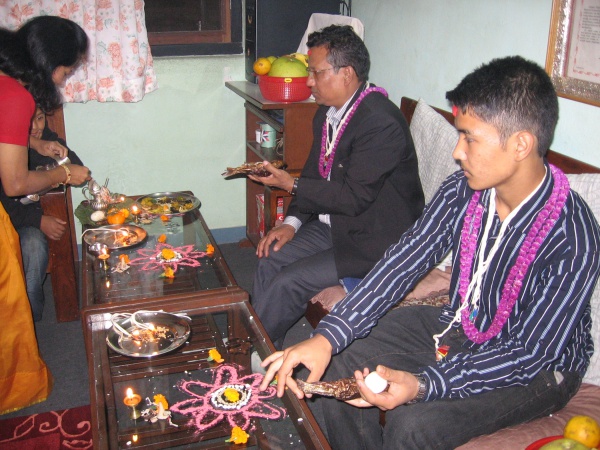Facts About Swanti
Swanti is a vibrant five-day festival celebrated in Nepal, especially cherished by the Newar community. Comparable to Tihar or Diwali, it highlights the pivotal role women play in households. The festivities are replete with rituals designed to bring good fortune to family members and ensure their longevity by appeasing the god of death.
During Swanti, homes come alive with decorations, such as flower garlands and lamps adorning windows and doorways. The festival is a time to honor deities, animals, and people, and it is celebrated by both Hindus and Buddhists. Since it follows the lunar calendar, the festival dates change each year.
The celebration kicks off with Kwah Pujā and Khichā Pujā, which are ceremonies dedicated to crows and dogs, considered messengers of death. On the third day, known as Sā Pujā, cows are honored for their role in guiding spirits to the afterlife. This day also includes Lakshmi Puja, where the Goddess of Wealth is worshipped, and Mha Puja, a special self-worship ceremony.
The final day, Kija Puja, sees sisters honoring their brothers with rituals symbolizing long life and good fortune. Sisters present Sagan, a set of auspicious food items, and brothers reciprocate with gifts. The festival concludes with a feast shared with married daughters, marking the end of the celebrations. Each day of Swanti is infused with symbolic rituals and offerings, each holding deep cultural and spiritual significance for the Newar community.

 China
China